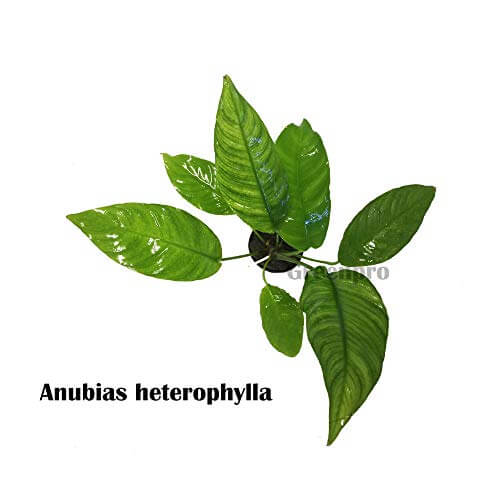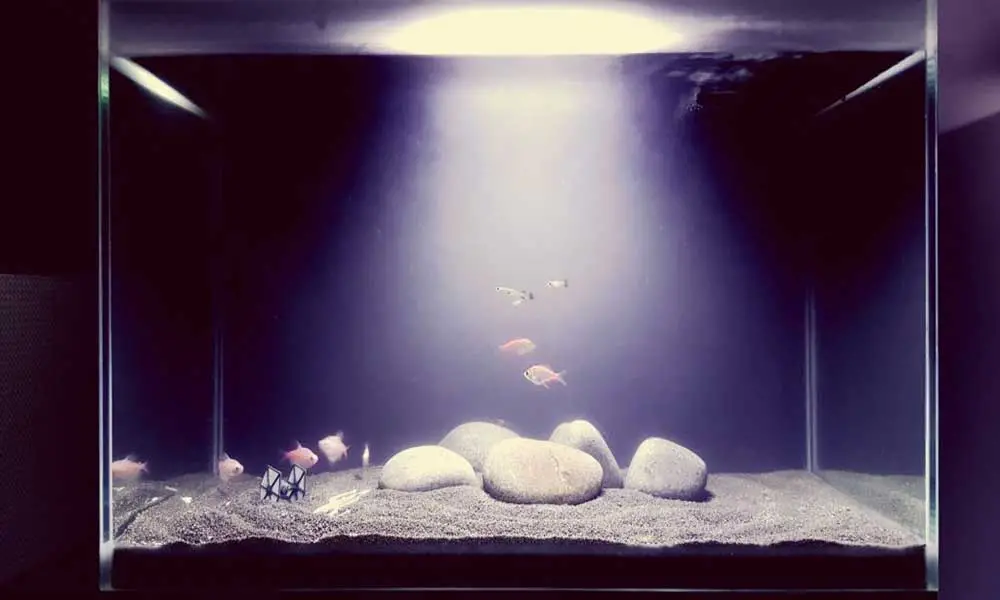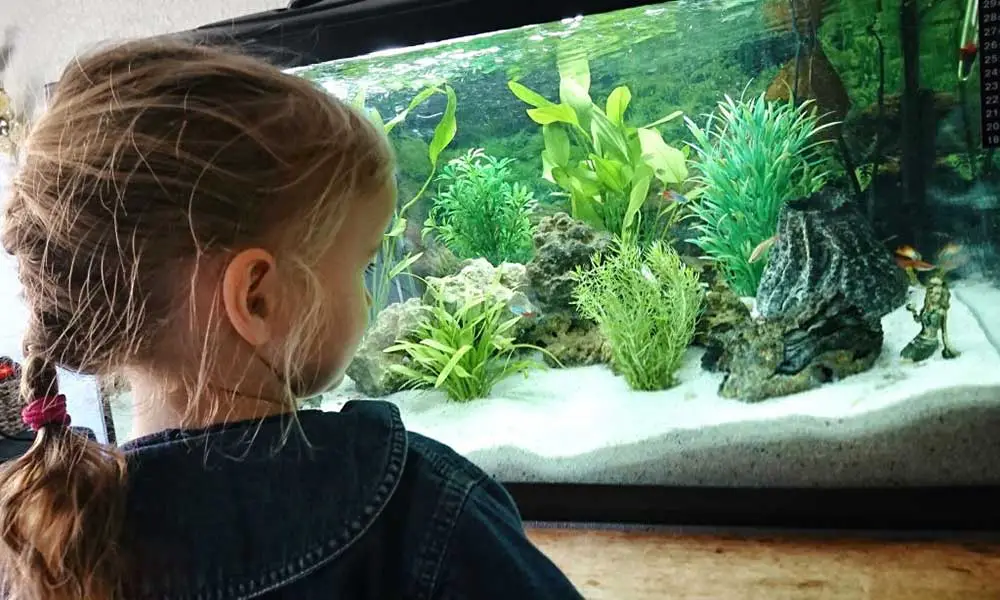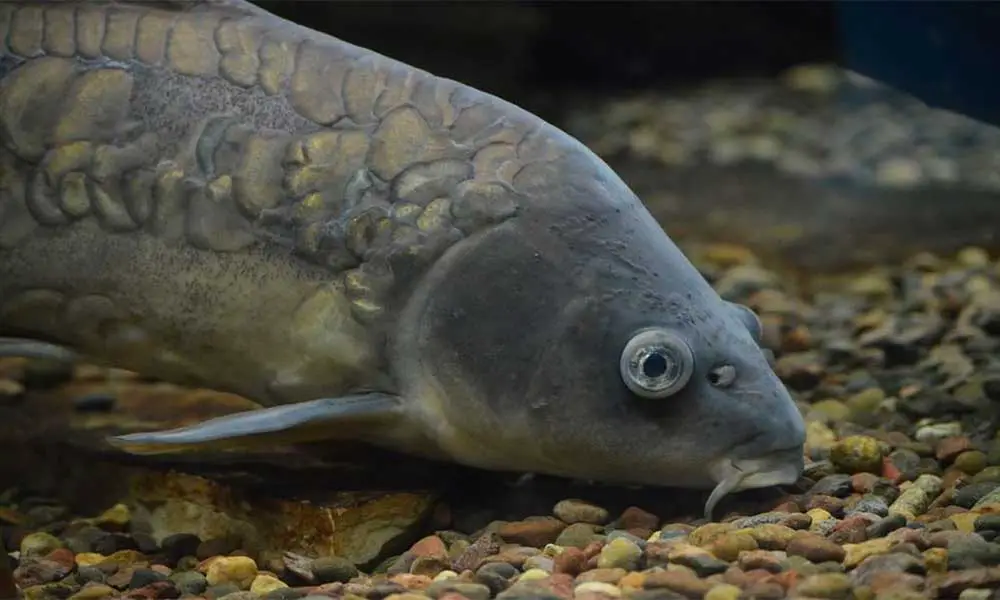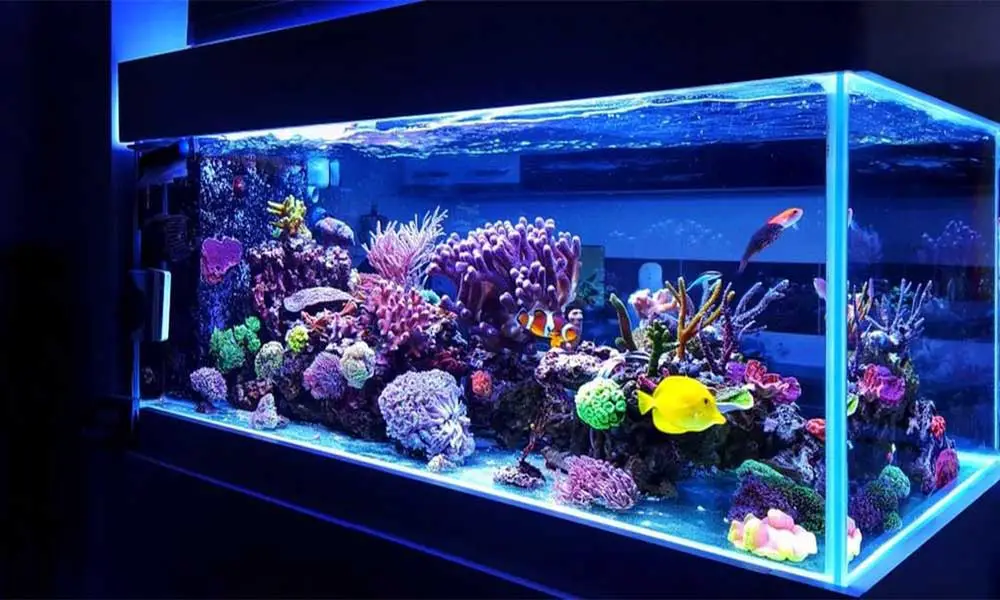Products recommended in this post contain affiliate links. If you buy something through our posts, we may receive a commission at no extra charge to you. See our full disclosures here.
There are so many Anubias types from the smallest A. nana “Petit” to very broad leaved A. barteri. They are very undemanding, easy to care and very beautiful, making them a favorite for planted aquariums. They are easy to use in planted aquariums, too. Just tie several bushes to driftwood or stones and place them in spots with low-moderate light in your tank. Following are some types of Anubias that are very popular in the hobby today.
Anubias Barteri Var. Barteri (Broad Leaved Anubias) - Healthy & Beautiful
Highlights
This is a very popular plant for aquariums with low lighting. While this plant will thrive under higher light intensity, a darker spot is preferred to avoid algae on the slow-growing leaves. Anubias barteri var. barteri grows large, and therefore it is only suitable for large planted aquarium layouts, 50 gallons up. It can grow to form a large plant up to 16 inches across but can be easily kept under control simply by pruning the leaves nearest to the rhizome.
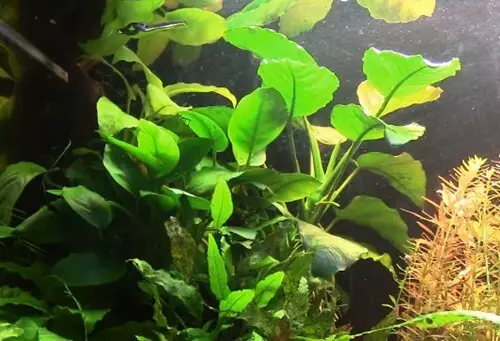
Anubias barteri
Pro Tip
In a newly planted aquarium, this plant is very slow growing and prone to algae damage until it adapts to the environment. Watch out for deterioration in water quality that can lead to algal growth. It is recommended to add many Otocinclus to the tank to control algae. A good feature of this plant is that its robust and touch leaves can’t be eaten by herbivorous fish and snails. It is also used for terrariums and paludariums.
Anubias Barteri Var. Nana (Anubias Nana) - great product
Highlights
Anubias barteri var. nana is one of the representative Anubias species. Due to its moderate leaf size, the species is a beautiful plant for the foreground and very suitable for tying to driftwood or stones in low-light spots in the midground. When planting in the substrate, do not plant it directly in the soil; but instead, attach the plant to a small stone and place it on the substrate.
The plant is highly recommended for planting under large specimen plants such as Echinodorus species. It would be a great idea to mix this with Anubias nana “Golden” to enjoy different colors of leaves. This Anubias species having rigid-looking leaves will not be an excellent choice for the layout using many stem plants.
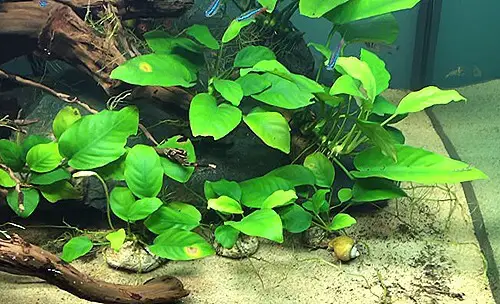
Anubias nana
Pro Tip
A. barteri var. nana is very slow growing and will thus keep an aquascape looking good without much care at all. The image shows submerged plants after about 8 months.
Anubias Barteri Var. Nana 'Petite (Anubias Nana Petites) - Healthy Green Plant
Highlights
Unlike the most popular Anubias var. nana that is suitable for large tanks, this Anubias with smaller leaves is more useful and suited for detailed expressions within smaller tanks. As the smallest of the Anubias, it is an ideal plant for miniature landscapes in nano planted tanks. The small leaves help to give the appearance the tank is larger.
This plant can handle most lighting conditions offered in the home planted aquarium, does not require or need any special lighting. It grows slowly with tiny leaves reaching a maximum of less than 0.5 inches. The leaves are dark green and robust and can’t be eaten by snails and herbivorous fish. Add some shrimps to keep them algae free.
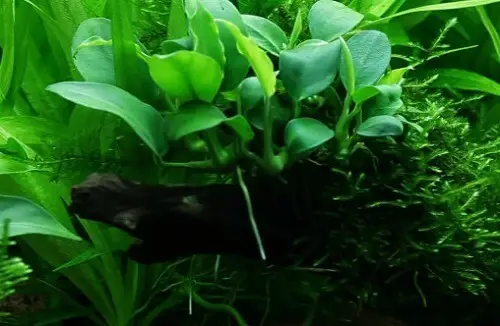
Anubias Nanan Petite
Pro Tip
The tiny leaves of this plant easily fall off due to deterioration in water quality or lack of water flow caused by excessively packed leaves. To avoid this problem, cut off the old or damaged leaves to ensure good water flow between the leaves.
Propagation is from side shoots and or by dividing the rhizome. The rhizome must not be placed into the substrate. Attach it instead to a piece of wood, rock or other such attachment points. The rhizome must be above the substrate surface or it will degrade and the plant will suffer or die.
Anubias Nana 'Golden' - High Quality Plant
Highlights
This beautiful variety of Anubias nana has light green, almost yellow foliage. Its culture requirements are similar to other A. nana species with its growth being even slower. A. nana Golden is a valuable addition not just for aquariums with lots of green leaved Anubias.
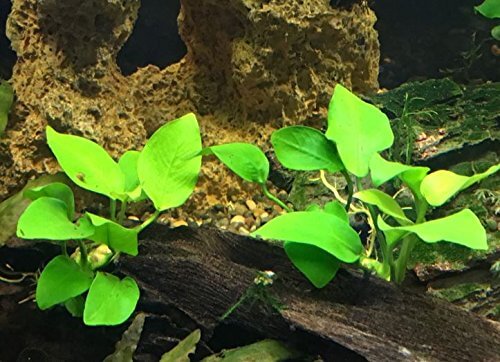
Anubias barteri nana Golden
Anubias Barteri 'Coin Leaves' - Beautiful, Healthy & Pest Free
Highlights
It is a very beautiful variety with coin-shaped leaves. The leaves are attracting and last for a long time. Many shrimps and Otocinclus are recommended to keep the leaves healthy and clean. The size of this species is very similar to Anubias nana making it suitable for many types of planted aquariums from small to large.
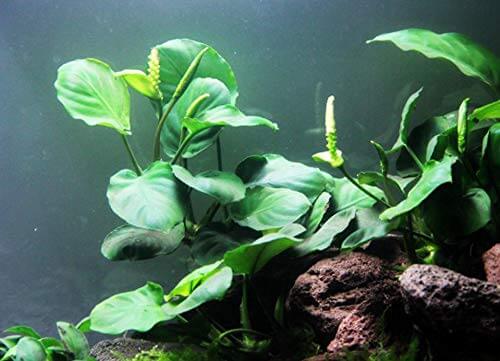
Anubias barteri Coin Leaves
Anubias Barteri Coffeefolia - unique & Beautiful
Highlights
Wonderful Anubias with slightly crinkled leaves. The leaves live for several years, so Anubias barteri Coffeefolia can easily form large groups despite its slow growth. A group of this beautiful plant growing more than 50 cm wide in a few years is not unusual. It is very easy to keep, like all Anubias species but strikingly beautiful if not kept in too bright spots.
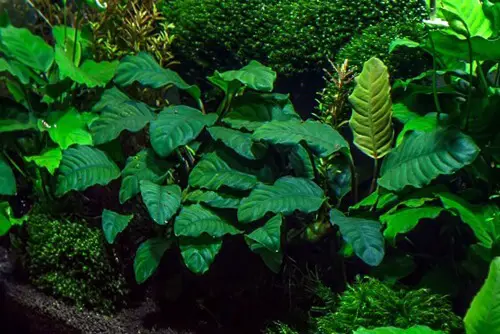
Anubias Coffeefolia
Anubias Gracilis - Big & Beautiful
Highlights
Anubias gracilis is probably one of the most elegant Anubias species. It features lush green triangular-shaped leaves which grow from a rhizome. The plant is hardy and great for new aquariums. When planting in the aquarium, do not bury the rhizome into the substrate to prevent rotting and death. This plant benefits from leaving the rhizome undisturbed. It will put out side shoots when water conditions are right. The leaves can reach out of the water.
Anubias Barteri 'Angustifolia' (A. Lanceolata) - Very Healthy & High Quality Plant
Anubias Congensis (Afzelii) - Full Of Life & A Great Plant
Highlights
Slightly larger leaved Anubias. Best used tied to driftwood or between rocks. As with all Anubias, the rhizome should not be covered by the substrate and light should be dimmed to avoid algae growth. It grows a bit faster than Anubias barteri and is an excellent choice for large aquariums for its low maintenance demand and long lasting leaves.
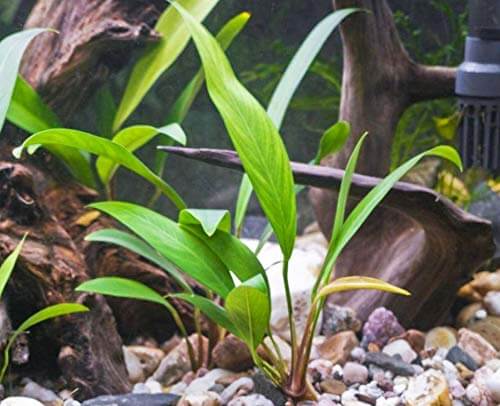
Anubias congensis
Anubias Heterophylla - Beautiful Plant
Top Editor's Choice on Anubias
[amazon bestseller="Anubias" filterby="price" filter="30" filter_compare="more" filter="available" orderby="percentage_saved" order="desc" template="list" items="10" tracking_id="tnk0c-aawp-cro-b-20"]Subscribe to our Newsletter!
Join our mailing list to receive the latest tips and news of our blog.


 Check Offer Prices
Check Offer Prices Read What Other Owners Say
Read What Other Owners Say








